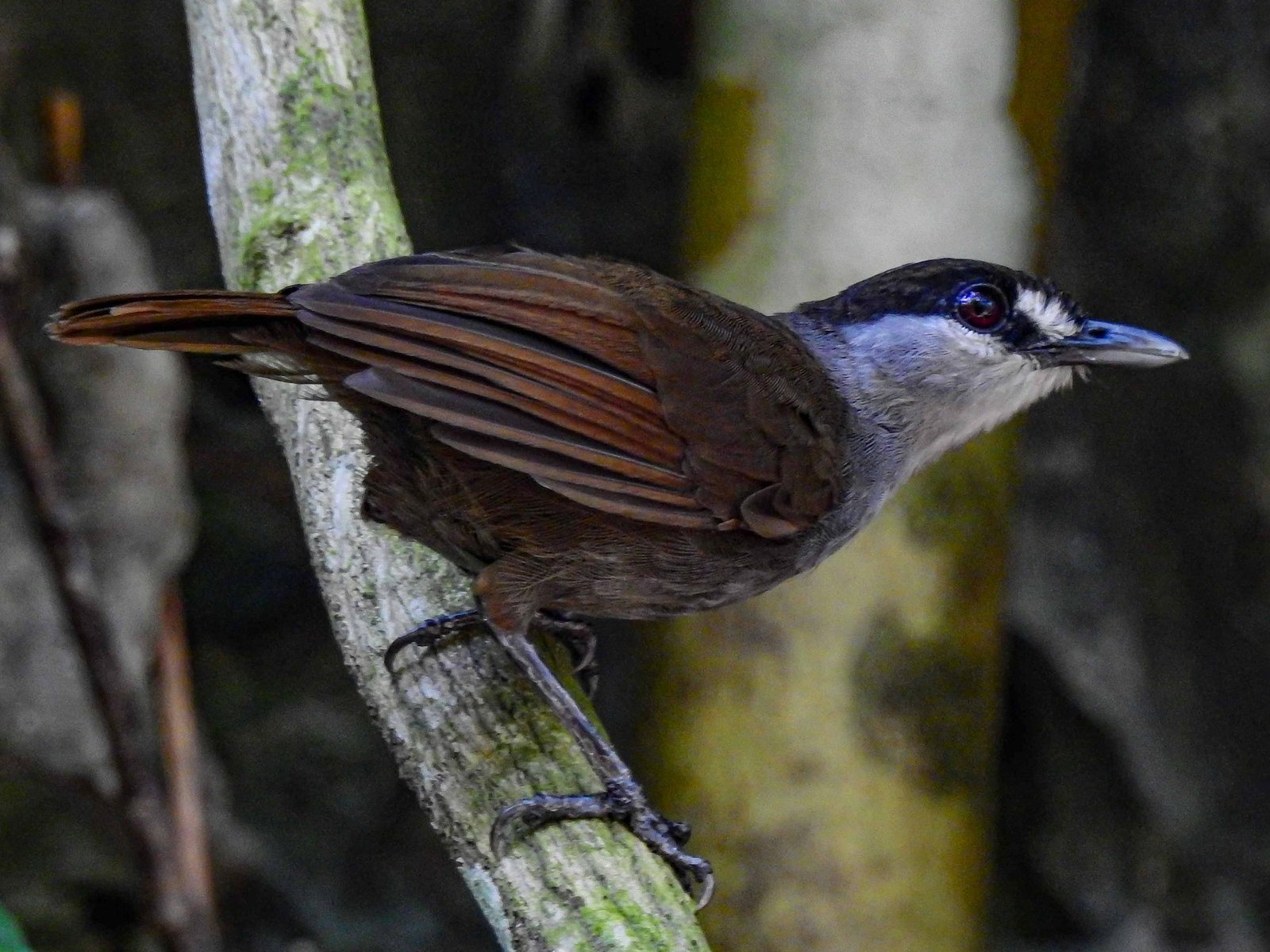A recent breakthrough in ornithological research has reshaped our understanding of the Banda Myzomela (Myzomela boiei), a bird species long believed to consist of two subspecies.
Now, thanks to a detailed bioacoustic and morphological analysis, researchers from BirdLife International have officially recognized three distinct species—including the newly described Babar Myzomela (Myzomela babarensis). This finding not only underscores Indonesia’s ecological significance but also highlights the growing power of vocalization analysis in species classification.
🧠 Quick Fact: Indonesia is home to over 1,700 bird species, nearly 400 of which are found nowhere else on Earth.
Behind the Discovery: Fieldwork and Methodology
The study, published in the Bulletin of the British Ornithologists’ Club, involved:
28 museum specimens examined across the Banda, Tanimbar, and Babar Islands.
152 playback trials using 21 unique bird song recordings.
Measurements of wing, bill, and tarsus lengths.
On-site acoustic analysis using portable field recorders and spectrogram software.
✏️ How the Study Was Done
Field recordings were made using Sennheiser ME66 shotgun microphones and Zoom H4n Pro recorders, capturing real-time song patterns. Playback experiments tested inter-island song recognition—none of the three island populations responded to songs from the others, indicating reproductive isolation, a key factor in species classification under the Biological Species Concept.

Meet the Newcomer: The Babar Myzomela (Myzomela babarensis)
📍 Location: Endemic to Babar Island, Maluku Province, Indonesia.
🔍 Morphological Features:
| Trait | Babar Myzomela | Tanimbar Myzomela | Banda Myzomela |
|---|---|---|---|
| Plumage | Scarlet back, darker wings | More subdued red | Black breast band prominent |
| Bill & Wing Size | Shorter | Shorter | 10% longer than others |
| Vocalization | Whistles + rapid clicks | Slow, modulated notes | Fast, high-pitched trills |
🎧 Unique Sound: The Babar Myzomela has a signature song made of “metallic whistles and percussive clicks”—a vocal fingerprint never recorded before in this genus.
Why This Matters: Evolution in Action
This discovery offers fresh insight into adaptive radiation—how species diversify rapidly when isolated in unique habitats. The Myzomela genus, with over 40 species across Australasia and the Pacific, is a textbook example of this process.
Geographic Isolation: Each island’s Myzomela population evolved independently.
Ecological Niche Specialization: Differences in diet, habitat altitude, and forest canopy behavior were observed.
Vocal Divergence: Vocal differences acted as barriers to mating, preserving species boundaries.
💬 “The complexity of their songs is a form of speciation—songs are how these birds choose their mates,” says lead scientist Alex Berryman.
Conservation Concerns: Urgency on Babar Island
With a range restricted to a single island, Myzomela babarensis is highly vulnerable to environmental threats:
No official IUCN Red List status yet.
Faces deforestation from logging and agricultural expansion.
Lacks a formal protected habitat designation.
🌱 Call to Action: The researchers advocate for immediate conservation measures, such as establishing nature reserves on Babar and Tanimbar Islands.

Indonesia’s Ongoing Bird Boom
This isn’t an isolated case. Indonesia has seen a wave of avian discoveries and rediscoveries in recent years:
| Year | Discovery | Location |
|---|---|---|
| 2020 | 5 new songbird species | Sulawesi |
| 2021 | Rediscovery of Black-browed Babbler (Malacocincla perspicillata) | South Kalimantan |
| 2025 | Babar Myzomela (Myzomela babarensis) | Babar Island |
Such findings underscore Indonesia’s role as a frontier for ornithology, especially in underexplored island chains.
Expert Commentary & Local Engagement
“This study is a perfect example of how combining traditional fieldwork with cutting-edge acoustic analysis can uncover hidden biodiversity,” notes Dr. Philippe Verbelen, Southeast Asia Program Coordinator at BirdLife.
The researchers also credit local communities for guiding their field teams to key bird habitats. Collaborative conservation efforts that involve indigenous knowledge are crucial for future discoveries and sustainable habitat protection.
Takeaways: What This Discovery Teaches Us
Bioacoustic tools are revolutionizing taxonomy, especially in tropical regions with elusive or similar-looking species.
Reproductive isolation through song is now a powerful line of evidence for species classification.
Endemic island species require urgent protection, particularly as climate change and deforestation accelerate.
🔬 Scientific Reference: A Taxonomic Revision of Banda Myzomela – Bulletin of the BBOC, 2025.


